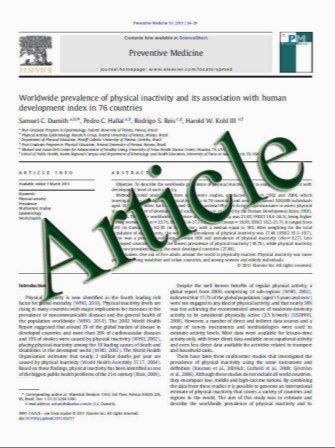Usefulness of Tc-99m-GSA scintigraphy for liver surgery
- نوع فایل : کتاب
- زبان : انگلیسی
- مؤلف : Masaki Kaibori Sang Kil Ha-Kawa Minoru Maehara Morihiko Ishizaki Kosuke Matsui Satoshi Sawada A-Hon Kwon
- چاپ و سال / کشور: 2011
Description
Postoperative mortality remains high after hepatectomy compared with other types of surgery in patients who have cirrhosis or chronic hepatitis. Although there are several useful perioperative indicators of liver dysfunction, no standard markers are available to predict postoperative liver failure in patients with hepatocellular carcinoma (HCC) undergoing hepatectomy. The best preoperative method for evaluating the hepatic functional reserve of patients with HCC remains unclear, but technetium- 99m diethylenetriamine pentaacetic acid galactosyl human serum albumin (99mTc-GSA) scintigraphy is a candidate. 99mTc-GSA is a liver scintigraphy agent that binds to the asialoglycoprotein receptor, and can be used to assess the functional hepatocyte mass and thus determine the hepatic functional reserve in various physiological and pathological states. The maximum removal rate of 99m Tc- GSA (GSA-Rmax) calculated by using a radiopharmacokinetic model is correlated with the severity of liver disease. There is also a significant difference of GSA-Rmax between patients with chronic hepatitis and persons with normal liver function. Regeneration of the remnant liver and recurrence of hepatitis C virus infection in the donor organ after living donor liver transplantation have also been investigated by 99mTc-GSA scintigraphy. This review discusses the usefulness of 99mTc-GSA scintigraphy for liver surgery.
Ann Nucl Med DOI 10.1007/s12149-011-0520-0 Received: 27 May 2011 / Accepted: 10 July 2011


